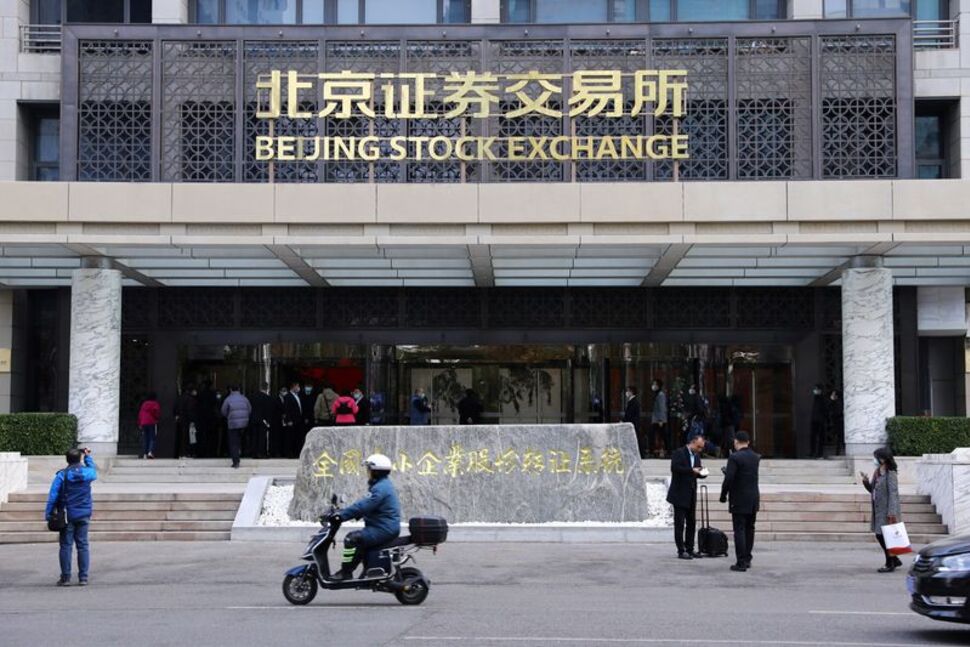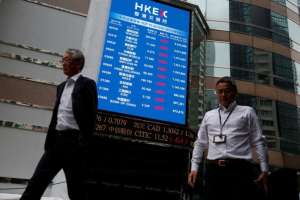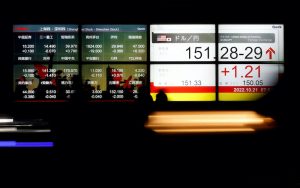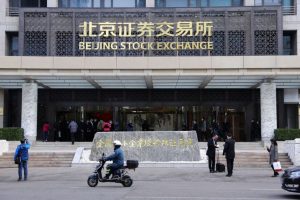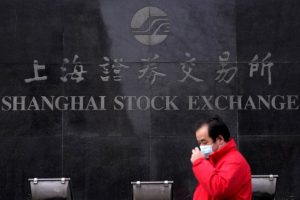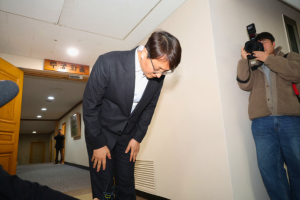Trading started at the Beijing Stock Exchange on Monday, with shares of 10 newly-listed companies more than doubling their prices and one surging as much as six-fold.
“The first-day performance of Beijing Stock Exchange has surpassed that of other bourses [in China]. It indicates very high participation by investors,” Li Tao, who manages a mutual fund at Harvest Fund targeting the Beijing exchange, said in a webinar.
The 25 companies that started trading on the debut of Shanghai’s Nasdaq-style STAR Market in July 2019 gained 140% on average, and one of them saw its price jump five-fold.
The first batch of 81 companies debuted in Beijing on Monday, including 10 which won approval to list last week, plus 71 that transferred from the select tier of China’s National Equities Exchange and Quotations, also known as the “New Third Board.”
Buying was concentrated in the 10 newly-approved stocks. The performance was mixed for the other 71 stocks, the listing of which was long expected and largely priced in.
In Li’s view, investing in small-cap companies listed in Beijing will provide “much better returns” than investing in the blue chip companies listed on Shanghai’s and Shenzhen’s main board.
“As I see it, it is much easier and predictable for a company with some competitive advantage to grow from 1 billion yuan ($157 million) to 10 billion yuan ($1.6 billion), than from 10 billion yuan ($1.6 billion) to 100 billion yuan ($15.7 billion). Many companies listed on the Beijing exchange are worth around 1 billion yuan ($157 million). They have very high growth potential,” he said.
MARKET INSIGHTS: China Stock Market Guide: Everything You Need To Know
Incentive for SMEs
Li told investors that Beijing Stock Exchange would be another platform of the nation to support the research and development of technologies that are of strategic importance, such as semiconductors, in a “horse-racing” way to incentivize small businesses to achieve technological breakthroughs in a shorter period of time.
Companies from the financial services, real estate and private tutoring sectors, as well as sectors with “excess production capacity”, are not allowed to seek a listing on the Beijing exchange, according to IPO rules released last Friday.
Li expects that 200 to 300 companies will become listed every year on the Beijing bourse in the coming years.
“We look forward to investment opportunities in these new companies. They will have more potential than the existing ones, which have been priced in,” he said.
The launch of the Beijing exchange came only two months after President Xi Jinping announced the plan of a new stock exchange to serve small- and medium-sized enterprises.
‘Landmark’ Event
At the launching ceremony, Yi Huiman, chairman of the China Securities Regulatory Commission, hailed the Beijing exchange as “another landmark in China’s capital market reform and development.”
Most of the 81 firms listed in Beijing are from fields such as advanced manufacturing, pharmaceutical, and high-tech services. Their average spending on research and development tops 25.36 million yuan ($3.97 million), according to Li Xudong, managing director of China Securities.
Of the 10 newly-approved companies, Henan Tongxin Transmission Co, a maker of automobile transmission devises, surged 494% for the day and reached a market capitalization of 2.3 billion yuan ($360 million).
Nantong Great Electric Co Ltd surged 262%, while HeBei Raisesun Information Technology Co gained 239%.
The spikes triggered circuit breakers, resulting in temporary halts in the trading of the new stocks.
The Beijing bourse sets a daily trading limit of 30%. There isn’t such a limit on the first trading day of a company but trading will be suspended for 10 minutes when stock prices fluctuate by over 30% and over 60%.
Excluding one loss-making firm, the 81 companies had an average price/earning ratio of 36 ahead of their debut, according to Securities Times. That compares with the P/E ratios of 72 for Shanghai’s STAR Market, and 60 for Shenzhen’s ChiNext.
The median net profit growth of the 81 companies listed on the new exchange is 18.99%, nearly 10 percentage points more than Chinese onshore stocks on average, according to the newspaper.
• By Iris Hong
ALSO SEE:
‘More Robust’ Beijing Bourse Set to Boost China Exchange Rivalry
Beijing Stock Exchange Clears Firms To List on November 15
WATCH MORE:




